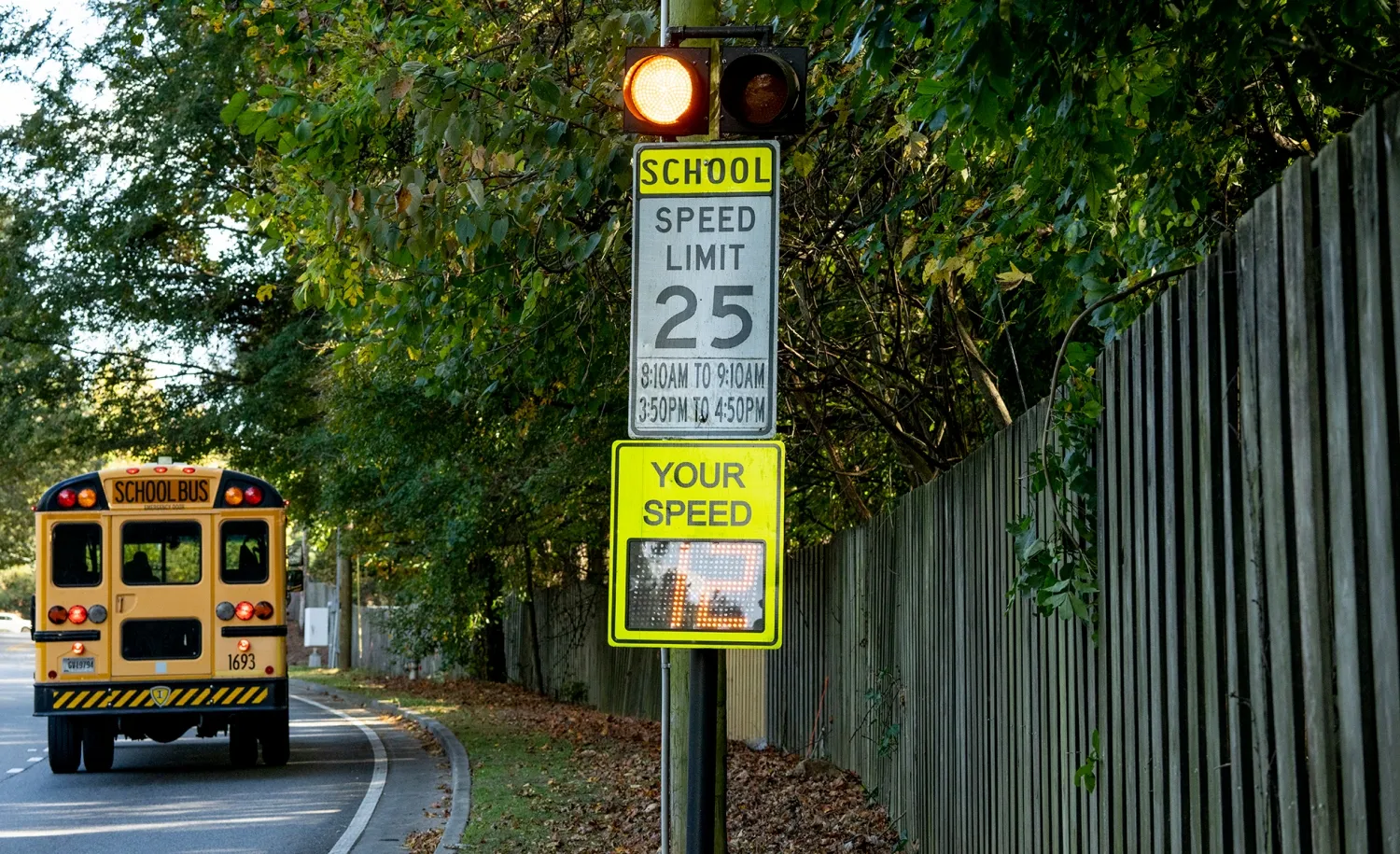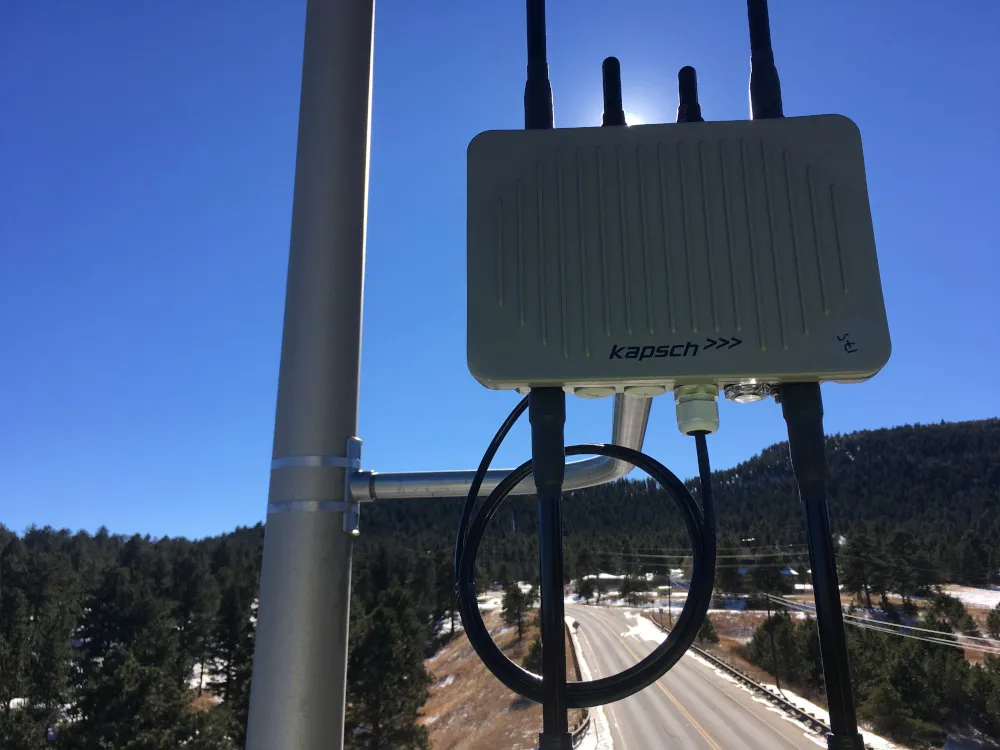
Audi of America is working with Applied Information and tech firm Temple to develop connected vehicle applications to improve safety for school children in the city of Alpharetta, Georgia.
Pom Malhotra, director, connected services at Audi, says: “Using next-generation cellular technology, we have an opportunity to help save lives of some of the most vulnerable road users — school children.”
Audi says the first application, using Cellular Vehicle to Everything (C-V2X) technology, is designed to warn drivers when they are approaching an active school safety zone and if they are exceeding the speed limit when children are present.
Roadside units (RSUs) installed in flashing signs called school zone safety beacons will broadcast messages to vehicles indicating location of the school and reduced speed limit.
This deployment will help alert drivers to changes in the speed limit as school times change due to half school days and early dismissals for weather, the company adds.
A second application is expected to warn drivers when they are approaching a school bus stopped to pick up and drop off students.
On-board units (OBUs) will broadcast C-V2X safety messages from school buses to C-V2X-equipped vehicles when the bus stop arm is extended to indicate no passing is allowed.
Modified Audi e-tron test vehicles will implement the C-V2X capabilities.
The technologies are similar to those announced last month in a collaboration with the Virginia Department of Transportation to help protect roadside construction workers.
Temple is to deploy the school bus OBU and school beacon RSUs which are being supplied by Applied.
The applications will be developed at the city's Infrastructure Automotive Technology Laboratory.
The laboratory was established to encourage automakers to test connected vehicle technology in a “streetscape” setting featuring real-world interferences and obstructions.
Audi regards Alpharetta as a prime location test Vehicle to Infrastructure (V2I) technologies because it has 125 connected traffic signals.
According to the automaker, 55 of those signals are capable of direct C-V2X communication between a vehicle and a signal using short-distance cellular communication.
The signals help optimise green light timing and traffic flow as well as traffic light information equipped in many Audi vehicles, it adds.








